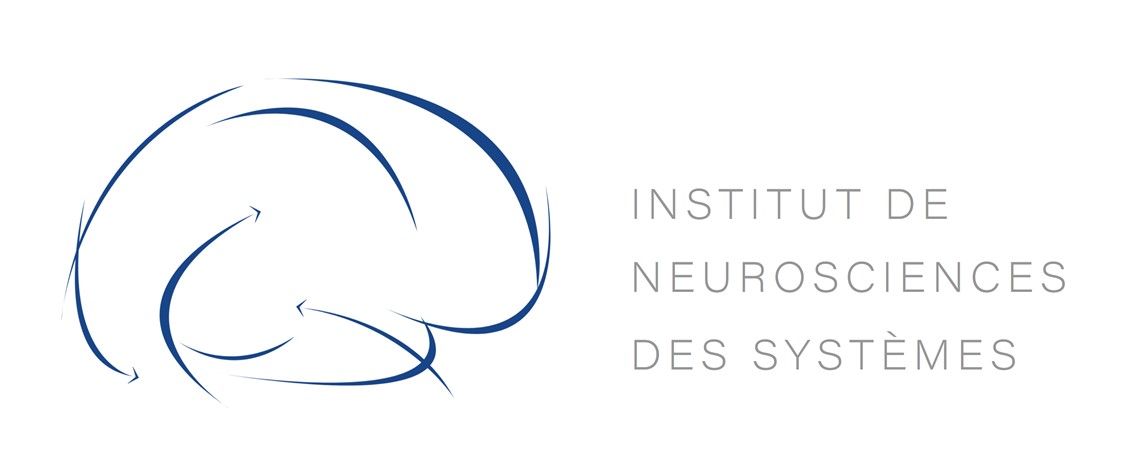Vast Parameter Space Exploration of the Virtual Brain: A Modular Framework for Accelerating the Multi-Scale Simulation of Human Brain Dynamics
Résumé
Global neural dynamics emerge from multi-scale brain structures, with nodes dynamically communicating to form transient ensembles that may represent neural information. Neural activity can be measured empirically at scales spanning proteins and subcellular domains to neuronal assemblies or whole-brain networks connected through tracts, but it has remained challenging to bridge knowledge between empirically tractable scales. Multi-scale models of brain function have begun to directly link the emergence of global brain dynamics in conscious and unconscious brain states with microscopic changes at the level of cells. In particular, adaptive exponential integrate-and-fire (AdEx) mean-field models representing statistical properties of local populations of neurons have been connected following human tractography data to represent multi-scale neural phenomena in simulations using The Virtual Brain (TVB). While mean-field models can be run on personal computers for short simulations, or in parallel on high-performance computing (HPC) architectures for longer simulations and parameter scans, the computational burden remains red heavy and vast areas of the parameter space remain unexplored. In this work, we report that our HPC framework, a modular set of methods used here to implement the TVB-AdEx model for the graphics processing unit (GPU) and analyze emergent dynamics, notably accelerates simulations and substantially reduces computational resource requirements. The framework preserves the stability and robustness of the TVB-AdEx model, thus facilitating a finer-resolution exploration of vast parameter spaces as well as longer simulations that were previously near impossible to perform. Comparing our GPU implementations of the TVB-AdEx framework with previous implementations using central processing units (CPUs), we first show correspondence of the resulting simulated time-series data from GPU and CPU instantiations. Next, the similarity of parameter combinations, giving rise to patterns of functional connectivity, between brain regions is demonstrated. By varying global coupling together with spike-frequency adaptation, we next replicate previous results indicating inter-dependence of these parameters in inducing transitions between dynamics associated with conscious and unconscious brain states. Upon further exploring parameter space, we report a nonlinear interplay between the spike-frequency adaptation and subthreshold adaptation, as well as previously unappreciated interactions between the global coupling, adaptation, and propagation velocity of action potentials along the human connectome. Given that simulation and analysis toolkits are made public as open-source packages, this framework serves as a template onto which other models can be easily scripted. Further, personalized data-sets can be used for for the creation of red virtual brain twins toward facilitating more precise approaches to the study of epilepsy, sleep, anesthesia, and disorders of consciousness. These results thus represent potentially impactful, publicly available methods for simulating and analyzing human brain states.
Origine : Fichiers éditeurs autorisés sur une archive ouverte


